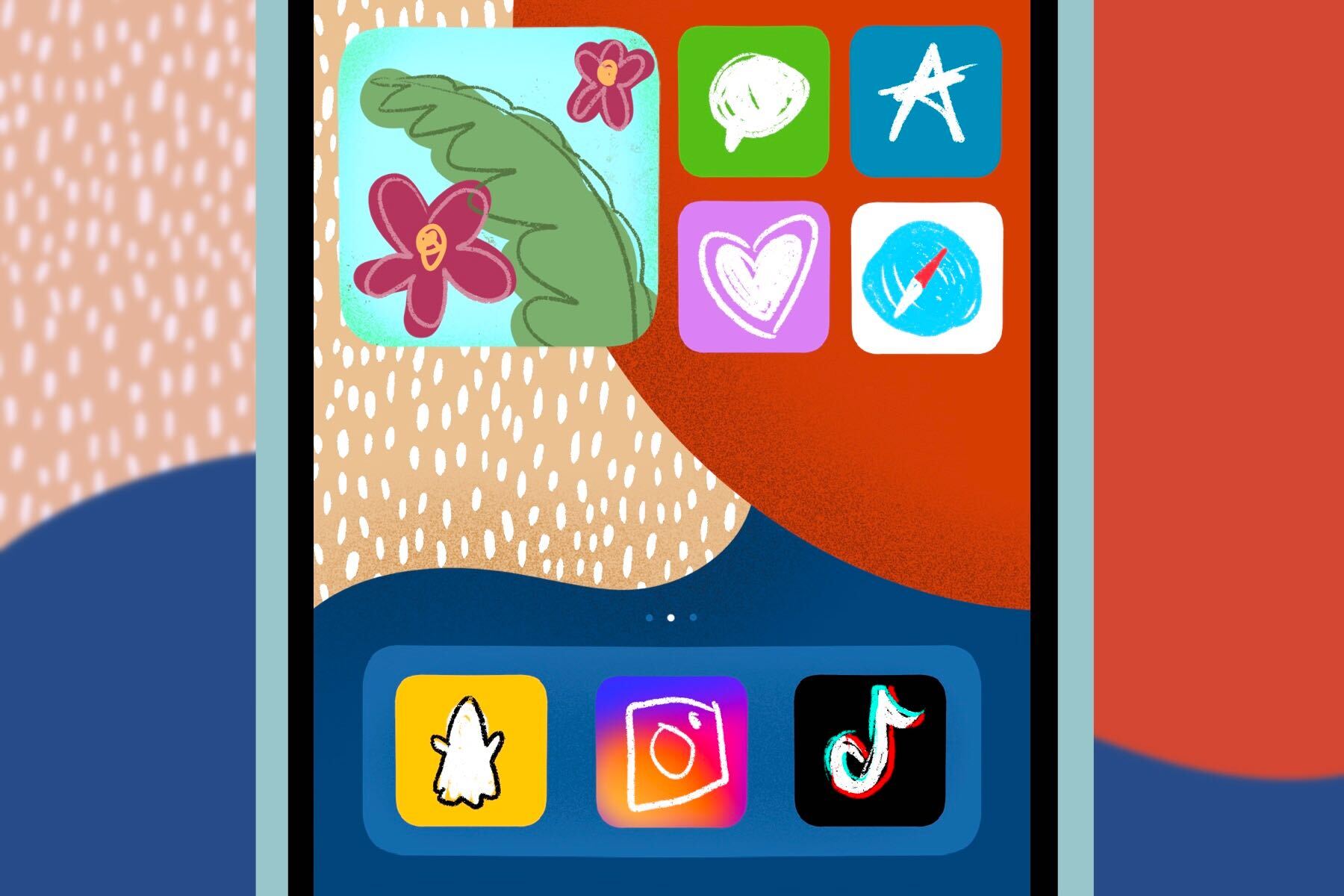There are many events that come around once a year, every year, without fail. One of them is the ever-present iOS update for Apple iPhones. IOS was originally known as iPhone OS, or iPhone Operating System, and up until recently, it helped power the iPad as well. Every year, there is a major iOS update that is followed by point releases throughout the year, which changes the decimal value of the iOS version number. These smaller releases tend to involve bug fixes and performance revisions and hold much less fanfare than their annual counterparts. This year, the major iOS update in question is iOS 14 — an update much more exciting than the usual iOS releases, although not without its own problems.
Despite their name, many of the major iOS updates don’t actually boast too many significant updates. Usually, updates involve adding an extra feature or two to certain apps, such as the ability to draw sketches in the Notes app in iOS 9. These iOS updates are akin to simple application updates, except multiple apps are updated at once. Still, most of the major iOS updates receive a positive reception.
However, there have been years when the major iOS update is met with disappointment. IOS 13 released in September 2019 with a litany of bugs and data losses. Over half a dozen point releases— all of them for the purpose of bug fixes — were put out before the year was even over. Sometimes, a point update fixed a bug only to introduce a new one. The constant bug fix updates only showed how unpolished the initial iOS update was and how unprepared Apple was to rectify it.
Fortunately, Apple seems to have learned from the messy release of iOS 13. The release of iOS 14 this month has been lauded as Apple’s biggest iPhone update in years. After years of the same old, same old, Apple has finally changed the home screen. Apps can now be removed from home screens without being deleted; instead, they’re moved to a permanent page known as the App Library.
Meanwhile, widgets that have always existed on the Today screen on the iPhone can now be dragged and dropped and customized on the home screens. Soon enough, third-party apps from the app store will have their own widget designs rolling out. The result is a much more diversified and personalized iPhone.
It’s not just the home screen that has seen a revamp. Notifications from an incoming call and Siri have been compacted and no longer take up the entire screen. Picture-in-picture, previously only a feature on the iPad, has been updated for iPhone and allows a multi-window view. It works for videos, movies and even Facetime.
IOS 14 has also allowed for major updates within the Messages app. Specific contacts can now be pinned to the top of the message stack, and users can reply to specific texts in-line.
The Maps app on iPhone has also seen updates. Routes are more accurate for bikes, and routing time is more specific. There’s greater transparency on the road as well. Maps now provides locations of known speed cameras and red light cameras.
IOS 14 even took the time to add in a new app: Translate. The translation app works for 11 languages and doesn’t require an internet connection at all.
Although iOS 14 is indeed an update worthy of praise, it’s important to remember that many of the very features Apple has implemented in this update were present in other apps and technological devices years ago.
Many Apple users were excited over the customization options offered by widgets, but the truth is Android has had widget customization available ever since its inception in 2008. Third-party widgets were accepted less than a year later in 2009 through the Android Cupcake (Android version 1.5).
And while the in-line reply feature was an iOS update wishlist-item come true, it has long been embraced by Facebook Messenger and WhatsApp. In fact, the latter has had the feature since 2016.
Finally, for the past few years, Google has reigned as the undisputed champion for its detailed navigation, while Apple has tried to slowly close the gap by introducing its own map app in 2012, although it was not without its problems.
Although Apple has done an excellent job with its iOS 14 release, its many updates can easily be seen as faint echoes of the innovations made by its competitors. Apple may make its copycat versions nicer than their competitors’ originals, like its implementation of home screen widgets, but at the end of the day, they didn’t do it first.
Since its inception, Apple has gained its reputation for innovation and wonder from pioneering ideas and designs that others are afraid of. Just look at the release of iOS 7 in 2013, which completely redesigned the lock screen, home screen and also added in the control center. At the time, users complained that the user interface was too flat, there were too many unnecessary movements and the new design was less intuitive than before. And yet, the iOS 7 design and the new user interface gestures it developed continue to be used today. Despite the mixed reviews, iOS 7’s designs have become an enduring mark of Apple’s elegant, sophisticated yet simple style.
From the start, Apple took risks — creating the first computer with a graphic interface, the first on-the-go music player with the iPod, the first multipurpose smartphone and more. Now, however, Apple has taken a backseat to the inventing and trailblazing, focusing instead on making minute improvements to their existing products.
Their lax attitude to innovation can’t be pinned solely on them. Technology corporations the world over have focused more on one-upping competitors’ specific interface designs rather than focusing on making something entirely new. But in a world where everyone is trying to create the same thing, no one really stands out.
IOS 14 is a shadow of Apple’s glory days, but it is a shadow more visible than the last few iOS updates and technology upgrades. If anything, the update is a reminder of Apple’s potential to continue to create and innovate technology in ways that we haven’t seen or even imagined before.
















